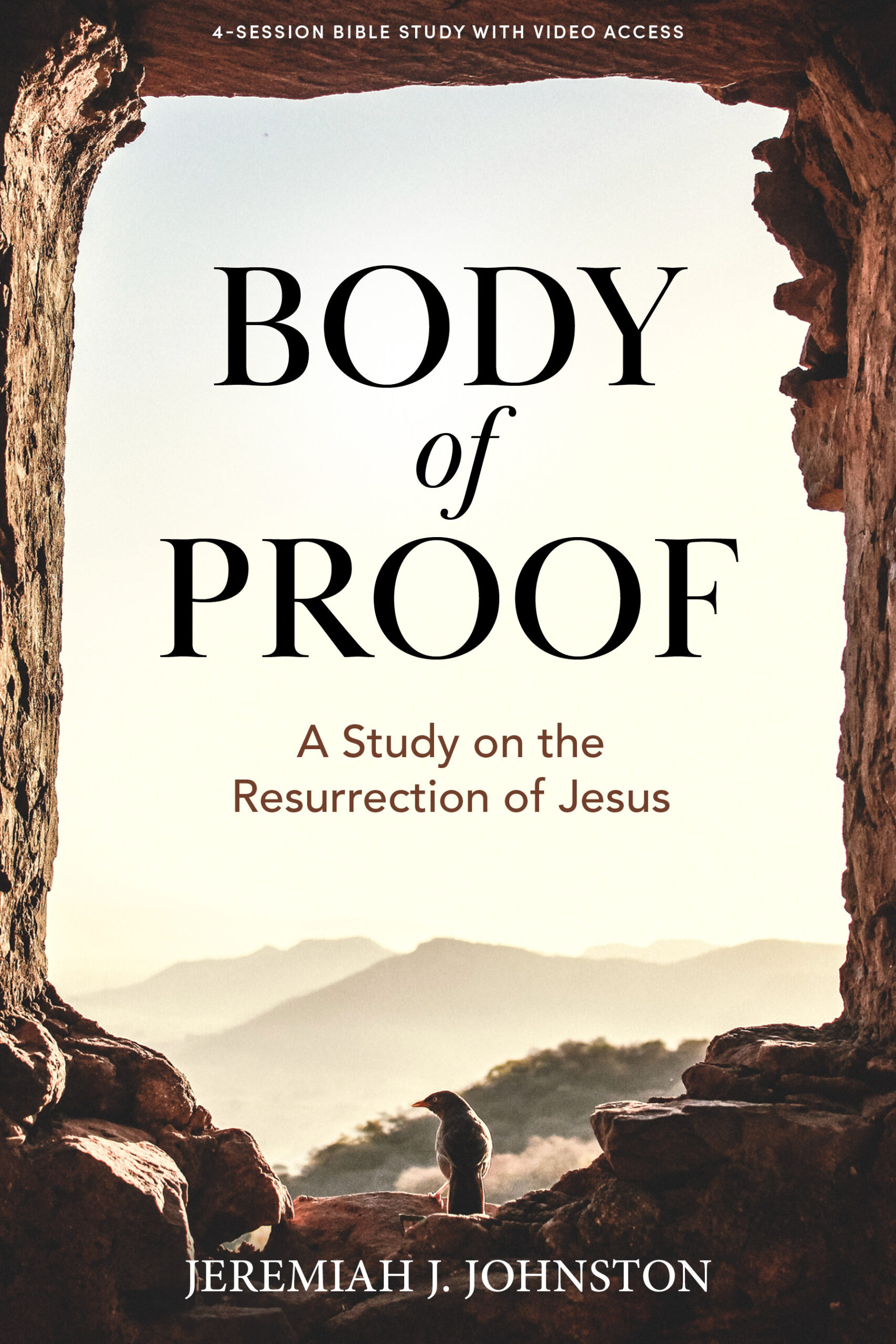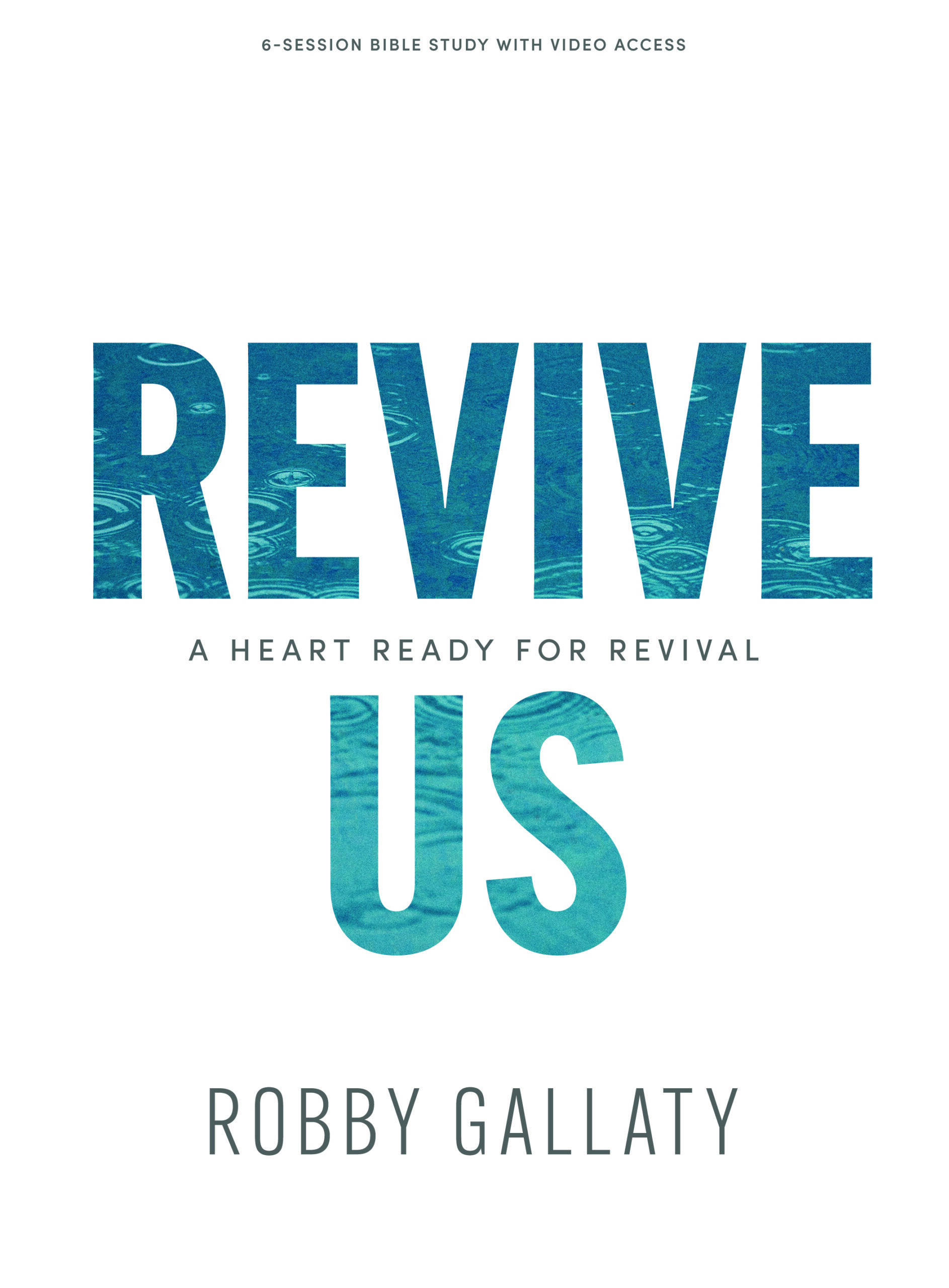The following is an excerpt from the Spring 2016 issue of The Gospel Project for Adults. The Gospel Project takes adults, students, and kids on a chronological, Christ-centered journey through the storyline of Scripture. Preview one month free at gospelproject.com.
The bronze serpent points to Christ’s rescue from sin (John 3:14-15).
The bronze serpent story in Numbers 21 of the Israelites’ lack of faith, punishment, and recovery is not one that stands on its own in biblical history. Jesus Himself referenced this story. In John 3, we read of Jesus’ nighttime meeting with Nicodemus, a Pharisee and ruler of the Jews during the Roman Empire’s occupation of Israel.
Jesus told Nicodemus that a person must be born again in order to enter the kingdom of God. Nicodemus was perplexed. What does being “born again” mean? Is it physical? Is it spiritual? What will it mean to a man who relies on his Jewish heritage? In answer to Nicodemus’ question, Jesus pointed back through the annals of history to Numbers 21 and explained how the Son of Man (a reference to Jesus Himself) must be lifted up just like the bronze serpent.
14 Just as Moses lifted up the snake in the wilderness, so the Son of Man must be lifted up, 15 so that everyone who believes in Him will have eternal life.
Packed into these two verses are several important ideas. First, we see how the original story is a foreshadowing of what Jesus would accomplish more than a thousand years later. When Moses lifted up the bronze serpent for the people to see, he was providing a remedy for all who would look at it. Now, Jesus is going to be lifted up for a much broader-reaching recovery. The work done through the bronze serpent was temporary. Jesus’ work would be permanent.
Second, the word that is used in the Greek language for “lifted up” is not the pedestrian idea of simply holding something up to view. Rather, the Gospel writer employed a word that meant to exalt something. Not long after this encounter with Nicodemus, Jesus would be hanging on the cross. While there, He would fulfill the Old Testament prophecies of the divine Son of God, who is also fully human, serving as the payment for our sins. Christ would be exalted before the nations, and all who look to Him can live.
Jesus’ words to Nicodemus emphasized the centrality of His sacrifice. Unfortunately, the human tendency is to look to idols, not to the Savior.
Several centuries after the Numbers 21 episode, Hezekiah became king over Israel. He was a righteous king who destroyed the objects of idolatry in the kingdom. One item was the bronze serpent that Moses used in the desert. For all these years, the Israelites had kept it. At the time of Hezekiah taking the throne, “the Israelites burned incense to it” (2 Kings 18:4). The item that God used in one generation as His instrument of deliverance had become an object of worship in another generation. The people had forgotten God as the true deliverer and, as we are common to do, substituted an idol in His place.
Jesus, as He planned to go to the cross, would not become just one more “thing” for the history books. His body hanging upon the cross is not a relic for us to drag around or consider lightly. The bronze serpent offered temporary recovery. Everyone who was healed from the poison of the serpents still died eventually. Jesus was interested in a greater goal. Verse 15 tells us that everyone who believes in Jesus will gain eternal life.
As Christians, we are given an eternal relationship with the God who provides the payment for sin Himself—Jesus Christ, the Son of God. The God who wants to save us and be known by us is the One who sent His willing Son to be hung like a snake upon a pole.
Excerpted from The Gospel Project for Adults © 2015 Lifeway Press®. Used by permission.
Scripture quotations are taken from the Holman Christian Standard Bible®, Copyright © 1999, 2000, 2002, 2003, 2009 by Holman Bible Publishers. Used by permission.





Leave a Comment: